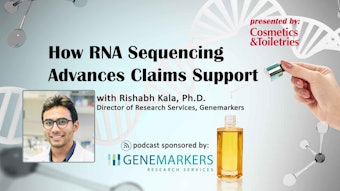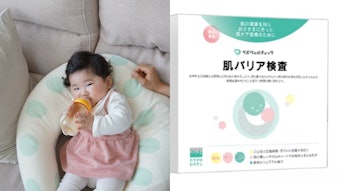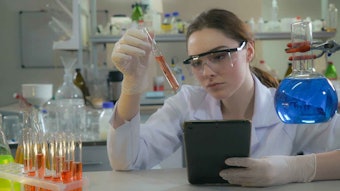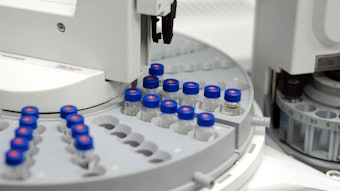Products have evolved to serve multiple functions, treading the line between industries and stirring the emergence of such terms as cosmeceutical and nutricosmetic. While some dismiss this as mere marketing, the associated claims cannot be ignored; and as an overabundance of claims becomes more indecipherable for the consumer, regulatory bodies such as the Better Business Bureau and the US Food and Drug Administration are cracking down on manufacturers for the messages they convey, requiring they be backed by solid science.
To support finished product or raw material claims, Anna Langerveld, PhD, of Genemarkers LLC, has developed two in vitro methods—the Affymetrix microarray and the Taqman Real Time Polymerase Chain Reaction (PCR)—to measure the up-regulation or down-regulation of genes.
Testing Preparations
Before tests are performed, RNA solutions are prepared and converted into complementary DNA (cDNA) using the reverse transcriptase enzyme. For the Affymetrix microarray, the cDNA samples are converted back into fluorescently labeled cRNA. This cRNA is fragmented into small pieces and loaded onto a gene chip. “The labeled cRNA binds to its complementary DNA sequence on the gene chip and the fluorescence is measured,” said Langerveld.
For the Real Time PCR method, cDNA is mixed with small pieces of DNA called primers and probes. These pieces contain DNA sequences and bind only to specific genes of interest. The enzyme taq polymerase is added to the reaction and the mixture is placed in a PCR device to create millions of copies of the specific cDNA, determined by the primer or probe. Fluorescence is used in both methods.
Scanning the Genome
In the Affymetrix mircroarray, samples with more cRNA for a given gene generate a larger fluorescent signal. “Fluorescent signals for each gene are compared across all the samples,” said Langerveld. This method differs only slightly from the PCR method, where the probe has a fluorescent tag and is measured by the device. Again, the greater amounts of cDNA for a specific gene will generate a larger fluorescent signal, which is compared across all samples.
Nearly 25,000 genes can be analyzed at once with the Affymetrix microarray, says Langerveld, who explained that this method typically is used first to examine a formula’s activities across the entire genome. The formula is then further refined to up-regulate or down-regulate specific genes, and those mechanisms are verified via the Real Time PCR method, which scans appriximately 180 genes. In one example, Langerveld tested a finished product manufacturer’s antiaging formula via the PCR method to validate its activity on collagen 1A1 and sirtuin, among 89 other genes, to support antiaging label claims.
Langerveld stressed the importance of choosing genes carefully for the Real Time PCR so as not to omit potentially affected genes. “You have to know what genes you are looking for. For example, if you choose 15 different collagens, you might miss a collagen that was changed by the ingredient or product,” said Langerveld.
Beyond Cosmeceuticals
Langerveld’s work thus far has focused on substantiating claims for cosmeceuticals and antiaging products. However, these methods could extend to new areas such as safety and toxicity. “It is very easy to generate a panel of toxicity-related genes or genes that trigger inflammation, [although] you would not want to turn on those genes.”
In addition to safety, the methods could aid in formulation work. “Formulators could use these methods to determine how much of a particular ingredient is needed to turn on a certain gene,” said Langerveld. “For example, some antioxidants are more powerful at lower concentrations. Formulators could look at several doses to turn on a particular gene and find the most effective dose,” said Langerveld.
Besides dosage amounts, combinations of ingredients could be tested to determine whether they act synergistically on genetic markers. The absorption of certain molecule sizes into the skin could also be substantiated via genetic mechanisms.
The future of gene expression testing extends to a number of industries. Beyond testing hormones for anti-acne products or sirtuins for antiaging products, Langerveld’s team is currently using the method to identify biomarkers in the blood that identify Multiple System Atrophy, a degenerative and deadly disease.










